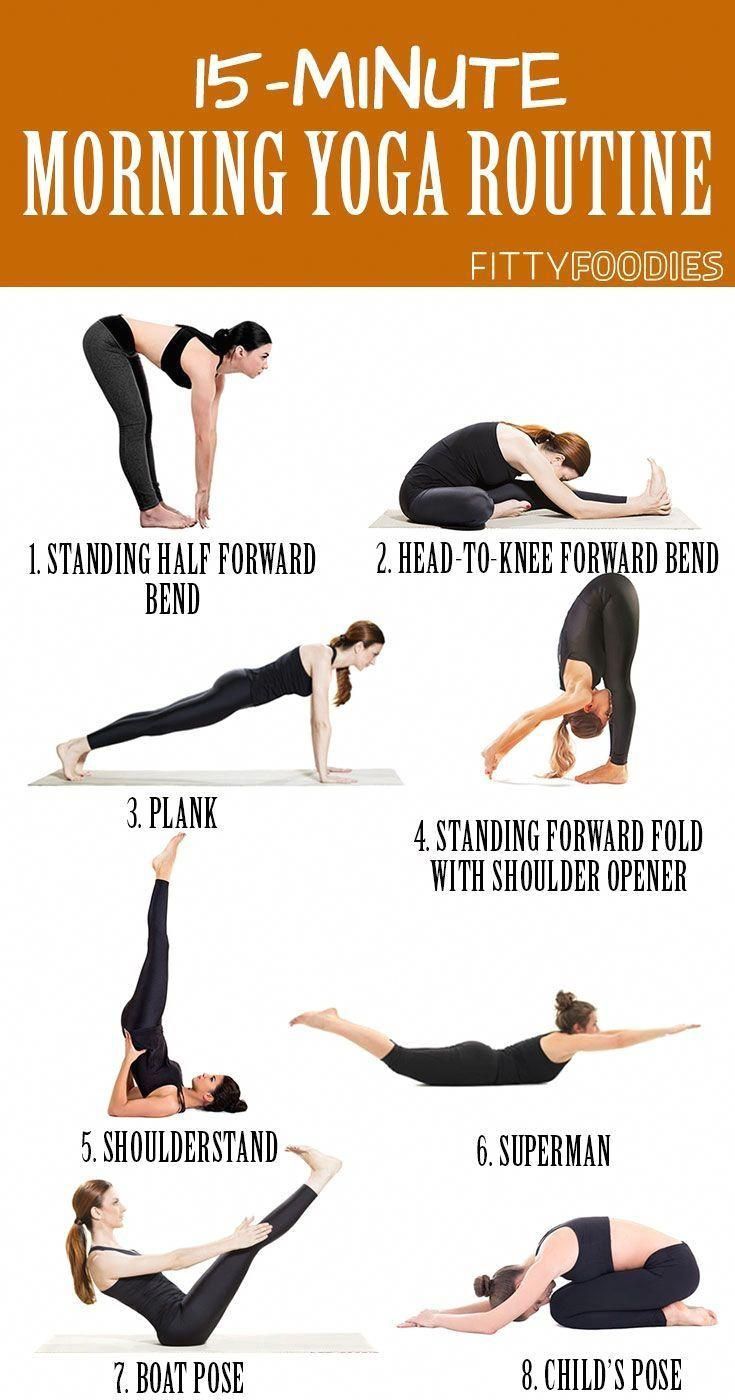
Modern yoga has changed dramatically over the last few decades, and some critics believe the change isn't a good one. In an article for the New York Times, Andrea Jain notes that yoga has largely been consumed as a form of personal fitness and self-development, as a reaction to capitalism, colonialism, and global developments. Yoga is now a part of many practitioners' daily routines, as they believe it can improve their physical appearance, strengthen and reduce stress.
The modernization of yoga can be compared to a rape or theft of the original tradition. It is easy to compare the rise of yoga to an invasion. While its popularity has remained largely unaltered, some controversies have developed over time. Modern yoga can be seen as a sign of a larger problem. Its popularity has been growing in recent years, but its roots are in an ancient practice.

Yoga has been practiced for thousands of year, but it is more popular in North America. There are many different types of yoga. They all follow the same principles. The most popular form of yoga is hatha yoga. There are many styles of yoga. However, most people practice it in private. Hatha yoga is the most popular type of modern yoga. Its origins are not completely clear, but a few things are known.
Many of the main differences between modern and traditional yoga can be found in their historical context. Some forms of yoga emphasize physical exercises more than spiritual practice. Some emphasize meditation and are focused on spiritual self-realization. Some styles can be both religious or secular. Others are more philosophical. Modern yoga practices are a mixture of these two. It's hard to choose the best style for you due to its diversity.
Ida C. Craddock (an American social activist) was the first modern yoga teacher. In 1899, she founded the Church of Yoga. She reconstructed the tantric mystico-erotic aspects of hatha yoga, and she viewed God as a third partner in marriage. In 1902, she spent three years in prison for obscenities. She hanged herself in protest. Yoga is now legal in most countries. However, some states have banned the original versions.

The modern yoga practice grew out of these traditions. It is said that yoga is good for all. The Shiva Samhita promises a healthy body and the ability of attracted sexes. Yoga is said to improve the human body in early Hindu texts. But they don't mention whether it offers the same spiritual or physiological benefits. The early versions of Hindu and Christian Yoga are very different. But they do have certain similarities.
FAQ
Why is Metabolic Wellness the Key to Aging Well
People live longer today than ever before. However, as they age, so do their chances of getting sicker. Despite making great progress in medical science, it is becoming more apparent that our current approach to medicine is not working.
We need to change how we think about health and aging. Healthful aging requires that we start to think about metabolic health, which is not only weight loss but overall well-being.
And if you want to live an active life for decades to come, you should ensure that your metabolism stays strong and healthy throughout your entire lifetime.
There are many methods to improve your metabolic state. One way is to include these 7 foods in your diet.
-
Resveratrol has been found to be a key ingredient in blueberries, and it has been shown that it can help increase cell longevity. They are rich in antioxidants as well as vitamins C & E.
-
Beans like lentils and pinto beans are excellent fiber and plant-based protein sources. These nutrients help to keep blood sugar levels constant so they don't spike and crash.
-
Broccoli has sulforaphane. It has been proven to protect cells from DNA damage. It may even slow down cancer growth.
-
Chia Seeds are high-in omega-3 fatty acids, fiber, and other nutrients. They are also high in antioxidants and proteins. These nutrients promote gut health, brain function and heart health.
-
Green Tea contains polyphenols called catechins. Green tea's catechins have been linked with reduced bone fractures as well as cardiovascular disease, cognitive decline, dementia, and increased diabetes risk.
-
Salmonis packed with vitamin D, low in saturatedfat and one of best sources of lean meat.
-
Walnuts contain omega-3s and antioxidants like alpha lipoic acid (ALA). ALA aids in energy production and protection against inflammation.
Is it true that overeating protein causes kidney stones?
Protein is important for maintaining healthy bones and tissue. Consuming too much protein can result is calcium excretion via urine. This can lead to kidney stones.
Not everyone who eats more than 2g of protein per kilogram (2.2 lbs) of bodyweight will get kidney stones. High amounts of protein can be consumed by some people without causing kidney stones.
You can prevent kidney stones by watching your sodium consumption. Sodium helps regulate water balance in the kidneys. Too much sodium can lead to kidney stones.
You may also want to reduce your protein intake in the event of kidney stones. About half of adults' daily caloric intake is made up of protein. Reduce your intake of protein and you will likely lose weight.
If you do decide to eat more protein, don't go overboard. You should aim to consume less than 20% of your total calories from protein.
What is a good daily gym routine?
Regular exercise is key for staying in shape. You don't have to do the same type of exercise every day, it doesn't really matter. The key thing is consistency. It is important to stay consistent in order to get results.
Begin with a small amount of daily exercise (like walking). Start by walking for a few minutes every day. Gradually increase your time exercising to 30 minutes per week. This could include running, cycling, swimming, weight training, yoga, or aerobics classes.
Try to make sure you exercise on all days of the week. Don't skip any sessions unless you have a valid reason for not attending.
Make sure to wear appropriate clothing and footwear for outdoor exercise. It is important to take into account the weather conditions, and how they may affect your ability to exercise safely.
When you exercise, drink plenty of fluids. Drinking alcohol during exercise can cause dehydration. Caffeinated beverages such as tea, coffee, and cola should be avoided. They will not only give you more energy but also dehydrate you.
At first, it's normal to feel tired after you finish your exercise routine. You'll feel more energetic and refreshed if you keep going with your exercise program.
Statistics
- By John Thompson Take a whopping 38% off a set of PowerBlock Pros. (menshealth.com)
- Get free shipping and 25% off today. (healthline.com)
- The PRS enabled risk stratification for overall prostate cancer and lethal disease with a four-fold difference between men in the highest and lowest quartiles (HR, 4.32; 95% confidence interval [CI], 3.16-5.89). (pubmed.ncbi.nlm.nih.gov)
- According to the American Heart Association, blood pressure should be checked at least once every two years, beginning at age 20. (my.clevelandclinic.org)
- 10 pounds in a month is likely during a lean bulking phase, especially for beginners. (muscleandstrength.com)
External Links
How To
What should you eat before you go to work?
In order to lose weight, you must eat fewer calories that you burn through exercise. You must also eat all of your nutrients.
This includes protein, carbohydrates fats, vitamins and other nutrients.
You can do this by eating smaller meals throughout your day instead of three large ones.
If you are too hungry when working out, you might not perform as well as if you had appropriately eaten beforehand.
Drinking water is a better option than energy drinks high in caffeine and sugar. This helps keep you hydrated and energized.
Be sure to eat enough fluids. Too much water can dilute your electrolytes.
For proper functioning, the body requires electrolytes.
You could also drink sports drinks if water is scarce. They contain sodium, potassium, calcium, magnesium, and other minerals.
This help replenishes lost electrolytes. However, these won't replace any electrolytes that you might have lost from sweating.
You can take multivitamin pills if you are concerned about salt loss during exercise.
These products contain more vitamin B6, which regulates the level of sodium in the body.
Supplements shouldn't be used if you don’t know how much salt is in food and beverages.
They aren’t regulated under the Food and Drug Administration.
For example, some brands of sports drinks can contain more sodium than others.
Some sports drinks could even contain artificial sweeteners. These may cause digestive problems.
If you are worried about too much salt, you could try sea salt.
It contains fewer chemicals than table salt.
Sea salt also lacks iodine. This mineral is important for healthy thyroid function.